Embark on a journey through the nuanced world of nail care, where the choice between Toe Nail Clippers and Cuticle Nippers isn’t just about the cut it’s about precision grooming tailored to your needs. With our insightful comparison, you’ll confidently stride through the grooming tools aisle, armed with the knowledge to select the best tool for your nails. Embrace the expertise that ensures your manicure and pedicure are impeccably suited to your style and needs.
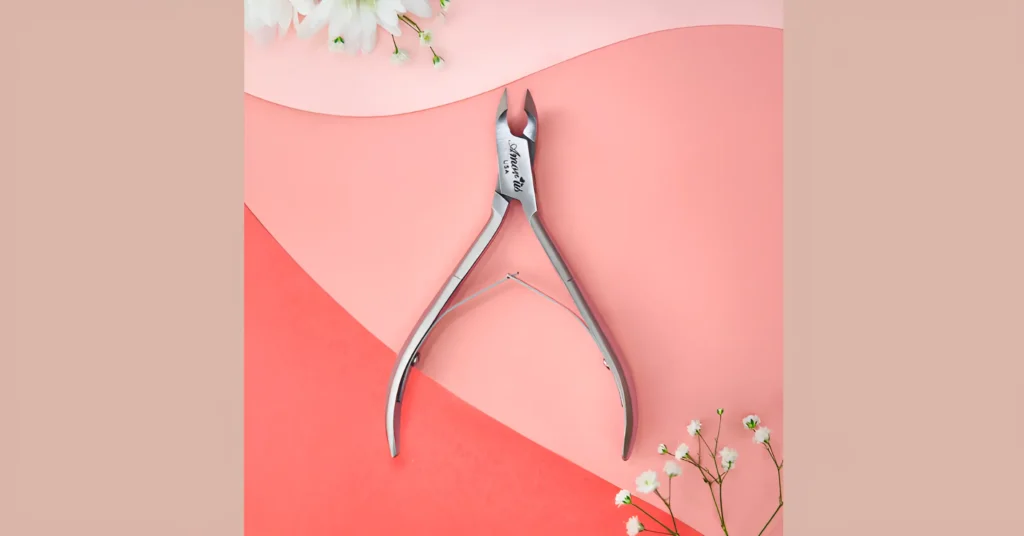
Table of Contents
The difference between toenail nippers and cuticle nippers
In the realm of nail care, recognizing the significant difference between essential grooming tools like toenail clippers and cuticle nippers is crucial, as each is designed for specific purposes. Explore the key distinctions to ensure the right tools for the job lead to the best outcome.
What is a toenail nipper?
A Toe Nail Nipper is an essential grooming tool adept at trimming and maintaining toenails, often better suited than regular nail clippers because it is designed specifically for dealing with thicker and tougher nails of the toes. Its sturdy construction and sharp, curved blades allow for precise cutting, safeguarding against ingrown toenails and enhancing personal hygiene during pedicure routines.
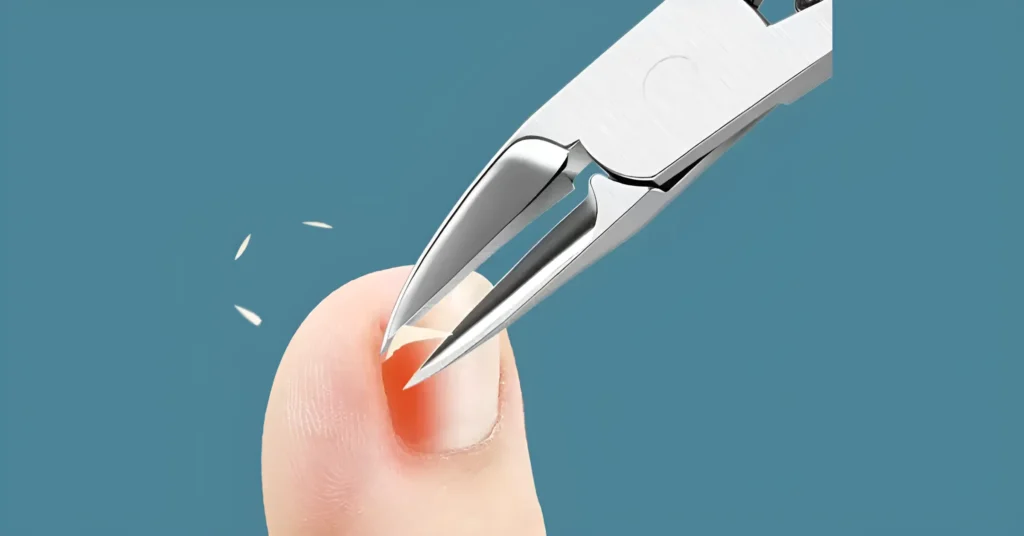
What is a cuticle nipper?
A cuticle nipper is a specialized grooming tool perfect for the precise maintenance of cuticles, designed to trim away overgrown skin and remove any hangnails for a neat and healthy nail appearance. With its Narrow, Pointed Jaws, the nipper targets specific areas with great accuracy, while the Sharp Cutting Edge ensures clean cuts. In my experience, careful use of the nipper’s jaws for gently grasping and trimming excess cuticles or hangnails helps in avoiding damage and maintaining tidy fingers that reflect good overall nail health and finger health.

How to use toenail nippers?
For a clean and safe pedicure, properly using toenail clippers is essential. Begin by preparing your tools and feet, ensuring everything is clean and toenails are softened by a warm soak. Holding the clippers firmly, align the straight cutting edge with the nail and trim with a stable grip, applying even pressure from one side to the other. Always be cautious not to cut too short to avoid ingrown toenails, and finish by smoothing any rough edges with a nail file, completing your toenail trimming experience with a polished touch.
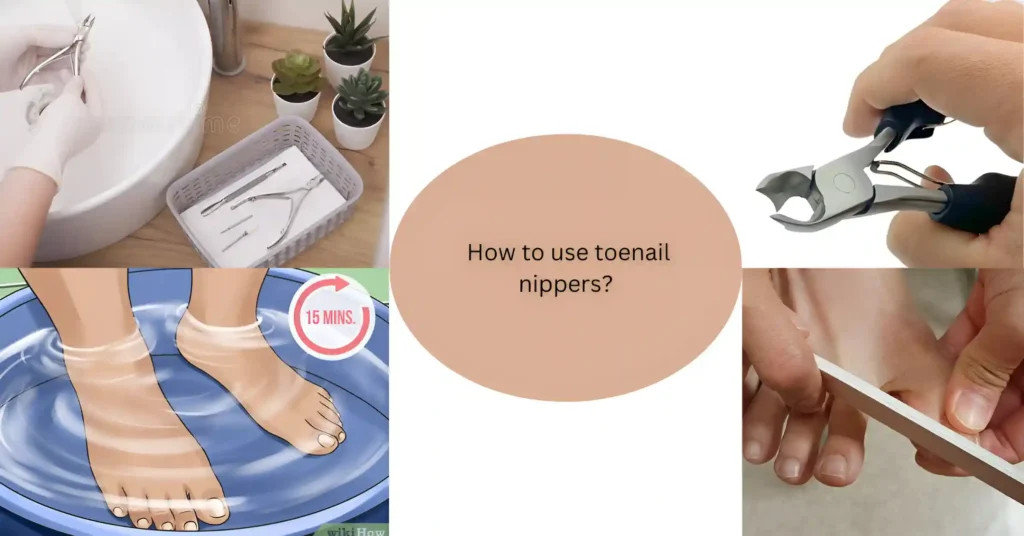
Who Uses Cuticle Nippers?
Cuticle nippers are a critical tool for podiatric physicians, estheticians, and cosmetologists, enabling precise care in procedures ranging from pedicures to skin treatments. They’re equally indispensable to manicurists, pedicurists, barbers, and health professionals like massage therapists, physical therapists, and chiropractors, guaranteeing detailed grooming and therapeutic practices.
How Do Cuticle Nippers Work?
A cuticle nipper, designed with a spring-loaded mechanism and sharp jaw, is essential for removing unwanted tissue around the nail bed. By applying gentle pressure to the handle, the user can target, clip, and release excess cuticles with precision, often repeating the procedure for a clean manicure outcome.
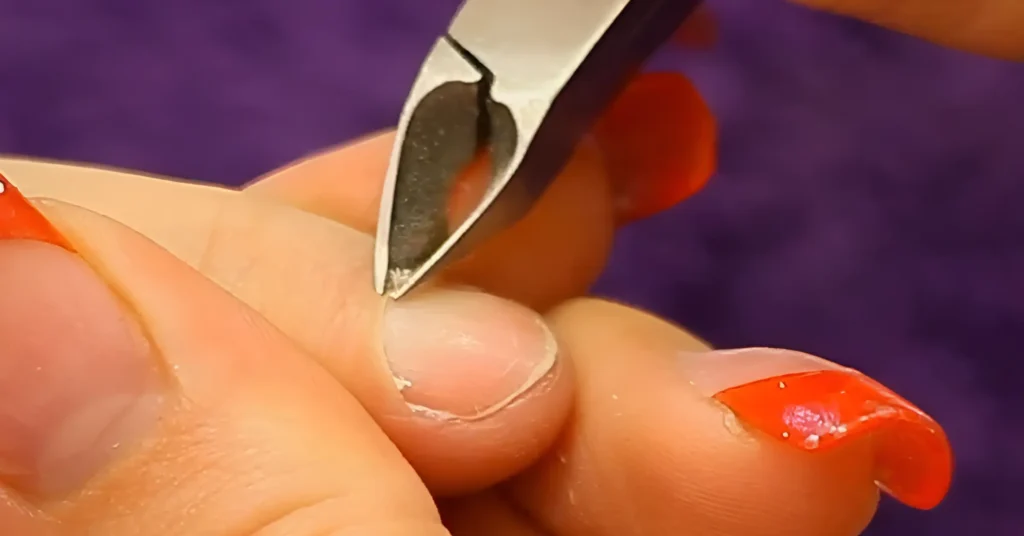
How To Sharpen Cuticle Nippers?
Keeping your cuticle nippers sharp is crucial; timely sharpening prevents them from becoming blunt and tearing the skin. Professionals typically use a whetstone or sandpaper to sharpen the tiny blades of the curved jaws, requiring care and attention. By pressing the tool at a 30 to 45-degree angle against the sharpener and moving it in one direction 5 to 10 times on each side accuracy is maintained. Finish by wiping off any residue to polish the blade.
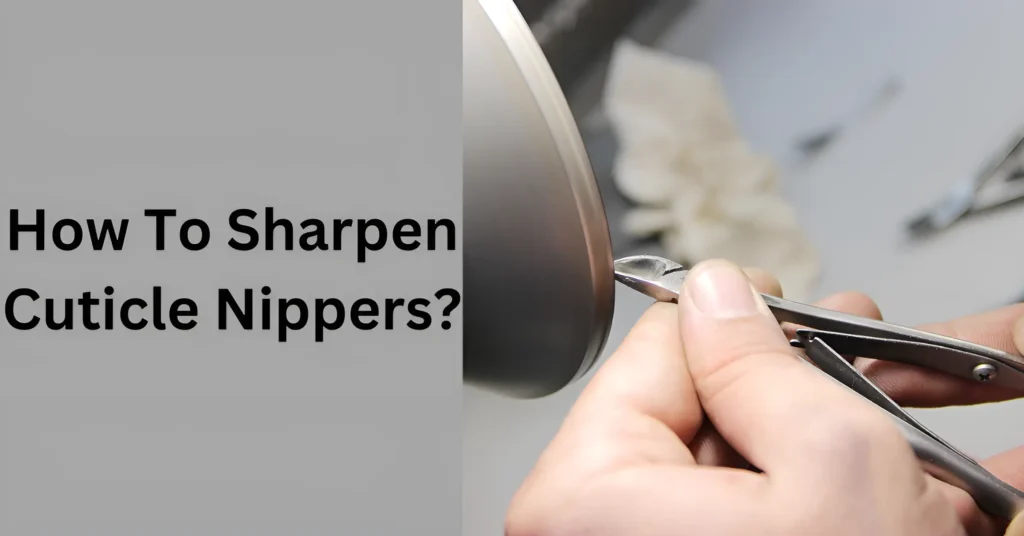
Product Hygiene
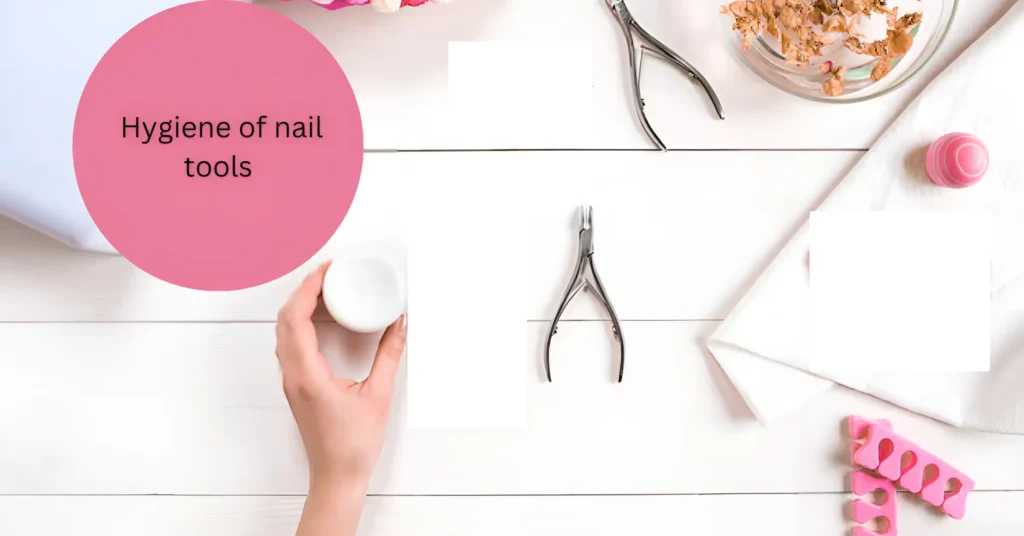
- Prioritizing hygiene enhances the longevity of grooming tools like toenail nippers and cuticle nippers.
- Regular Cleaning with warm, soapy water effectively strips away nail debris, dirt, and oils from the tool’s surface.
- Disinfection is key; a soak in isopropyl alcohol or sterilizing solution can eliminate bacteria and prevent contamination.
- Always dry the tools completely damp fosters moisture, leading to rust and the growth of bacteria.
- Replace tools at the first sign of dull blades to prevent injury from uneven nail trimming.
- Avoid Sharing; personal grooming tools can transmit infections and fungi if used by multiple people.
- Maintain the Sharpness of the tool’s cutting edges to facilitate the trimming process; use a sharpening tool or replace blades when necessary.
- Emphasize Hygiene While Using the tools, washing hands, and cleaning the nails before trimming reduces the risk of spreading bacteria and contaminants.
- Adhering to care instructions provided by the manufacturer supports product longevity.
- Consistently Inspect for Wear and Tear, checking for signs of wear, loose parts, or misalignment that could lead to accidents.
In my extensive experience, I’ve learned that understanding the difference between toenail clippers and cuticle nippers is not just about their trimming capabilities but also about how to maintain them using the right care principles.
Store nail nipper tool
Ensuring proper storage for your nail nipper tools is crucial to maintaining them in excellent condition, and always ready for use; I adhere to essential tips like cleaning before storing to keep my tools pristine.
Choosing the right storage location
Always opt for a storage location that is clean and dry, safeguarding against moisture; I keep my nail nipper tools in a cool, dry place, away from damp areas like bathrooms to prevent rust and store them in a dedicated container to protect them from dust and contaminants.
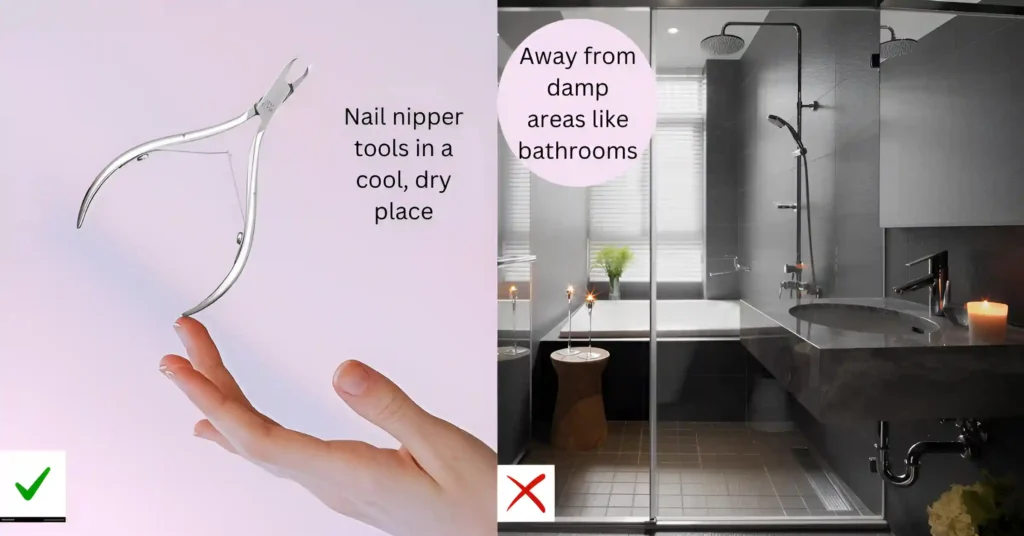
Protective accessories
Invest in a sturdy nail clipper case or pouch for an additional layer of protection for your nail nipper tools; these accessories effectively shield the sharp blades, reducing the risk of dulling or damage during storage or travel.
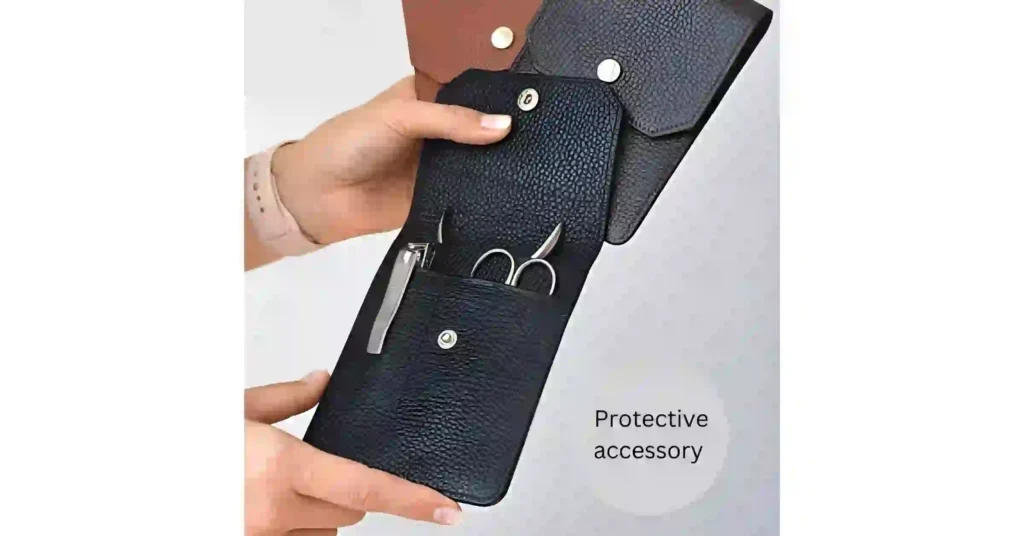
Separation from other metal objects
To maintain their condition, avoid storing nail nipper tools alongside other sharp or metal objects to prevent scratching or damage; consider using a separate compartment or container, crucial for preserving their sharpness and overall quality.
Periodic maintenance checks
Regularly inspect your nail nipper tools for signs of wear or damage, especially the condition of the blades; if you notice dullness, address it promptly to maintain cutting precision, either sharpen or seek professional maintenance services when necessary.
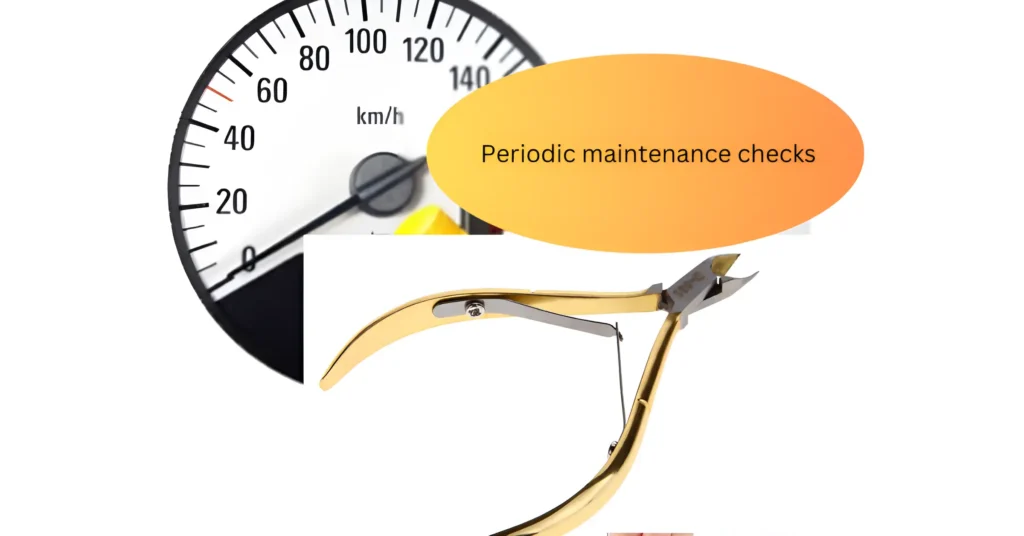
Keeping handles dry
Always focus on keeping the handles and blades of nail nipper tools dry; Moisture can seep into crevices, potentially causing corrosion and weakening the structure over time if made of metal.
Conclusion
In conclusion, the distinction between toenail clippers and cuticle nippers is crucial in achieving optimal nail care. Each tool’s proper use and maintenance not only assures a precise and safe grooming experience but also prolongs the life of the instruments, ensuring they remain clean, sharp, and effective for their specialized tasks. Adopting the right nail care tools and practices is foundational for maintaining impeccable nail health and appearance.
FAQ,s
What is the difference between nail clippers and cuticle nippers?
In the quest to maintain neat nails and cuticles, it’s crucial to identify the suitable tool; nail clippers, often smaller and less powerful, are designed to trim nails with ease, while cuticle nippers are perfected for removing cuticles safely. A common mistake to avoid using nippers for the nails can lead to mishaps, so remember, proper care comes with using the right instrument for each task.
What is a cuticle nipper and its uses?
Cuticle Nippers are the ideal tool for a manicure or pedicure, designed with a small, stainless steel head for precision trimming of tough cuticles, and hangnails, and tackling ingrown nails in tight places. They are great for professionals and anyone needing to handle thin fingernails or toenails with care.
